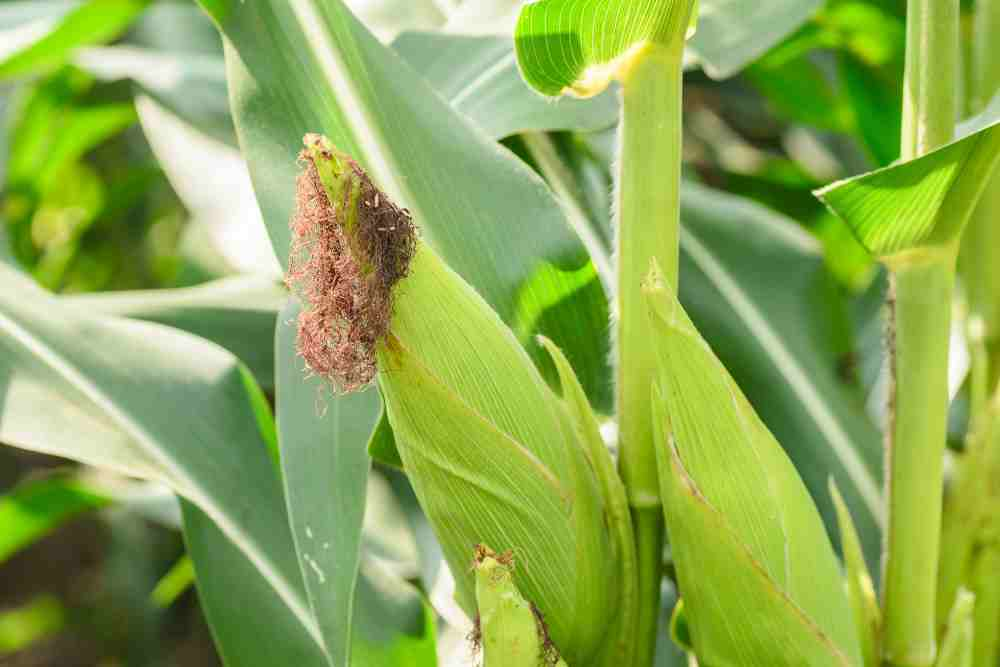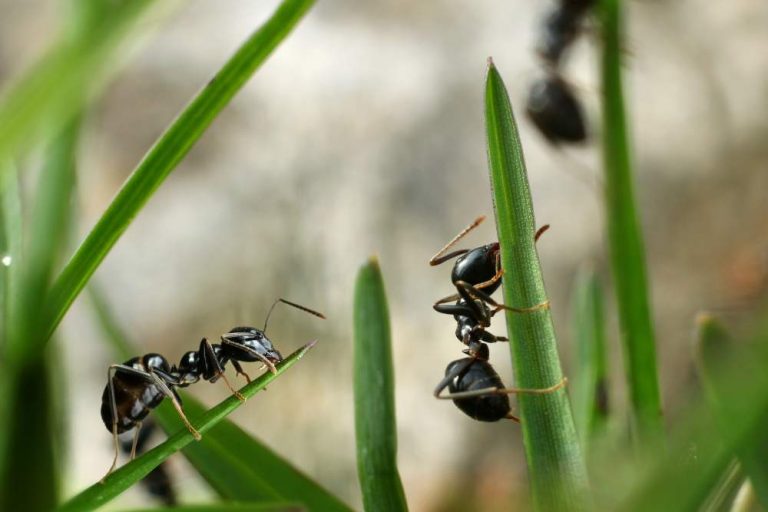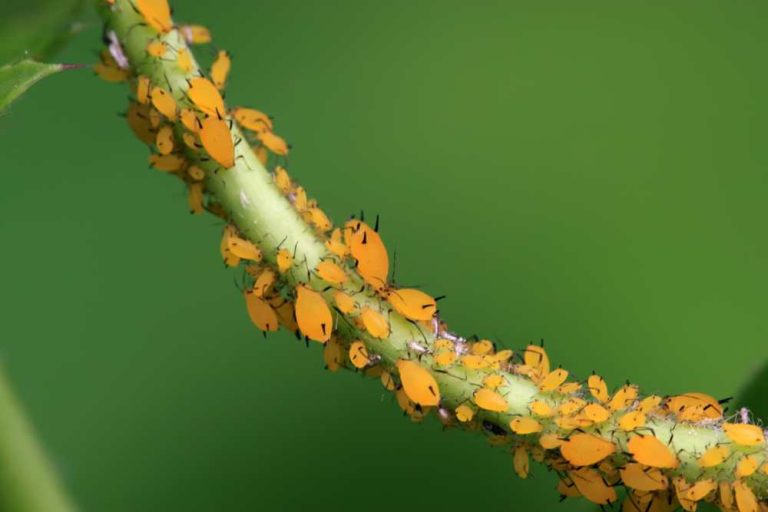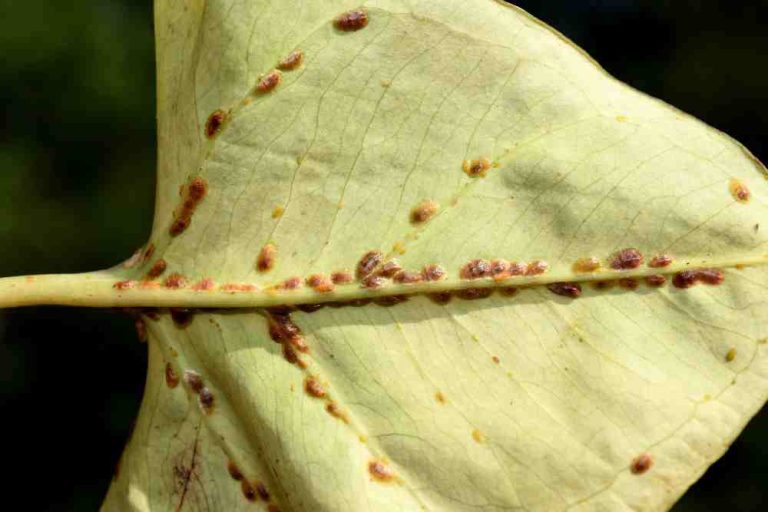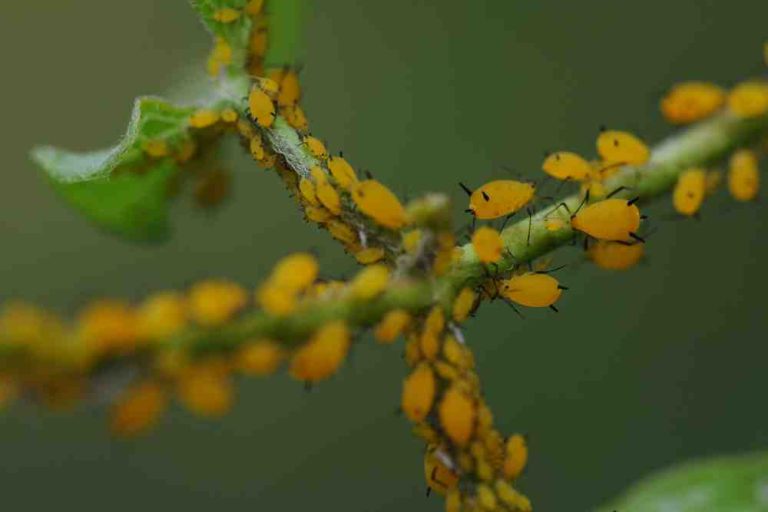Identifying and Managing Maize Fungal Diseases
Maize (Zea mays L) is one of the most versatile emerging crops that originated in Mexico and Central America and belongs to the family Poaceae. Maize is known as the queen of cereals as it has the highest genetic yield potential among cereals and has wider adaptability under varied agro-climatic conditions.
It is cultivated in about 160 countries on nearly 150 m ha having wider diversity of soil, climate, biodiversity, and management practices. That contributes 36 % to global grain production. The maize crop is facing lots of problems from different pests and diseases causing a remarkable decrease in the grain yield in maize. Maize fungal diseases are a dark cloud on the horizon of the global food supply
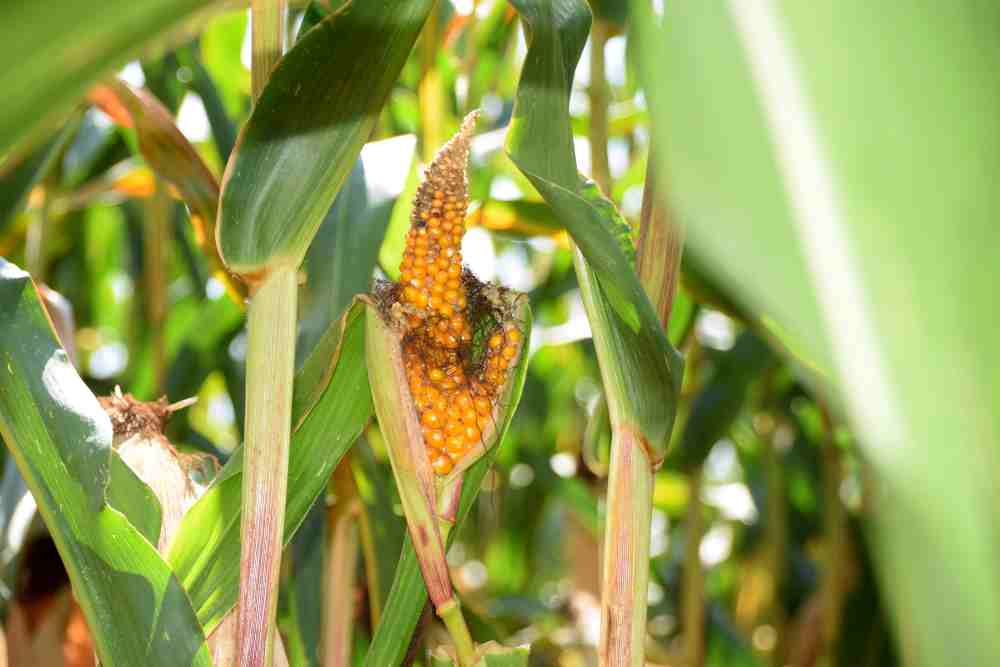
6 Maize Fungal Diseases
Anthracnose Leaf Blight (Colletotrichum graminicola)
The pathogen caused for this disease is a fungus called Colletotrichum graminicola, which is present in warm, humid environments worldwide. This disease has two phases with foliar disease phase and a stalk rotting phase.
Symptoms begin on lower leaves of corn early in the growing season. In the late season, symptoms may appear on upper leaves, especially in those where stalk rot symptoms have already developed.
Early season symptoms appear as small, oval to elongate water-soaked lesions with dark tan centers and yellowish-orange to reddish-brown borders formed on leaves; Lesions usually appear near the leaf tip and midrib, then the entire leaf may become blighted as the lesions coalesce and severely blighted leaves will yellow and die.
Anthracnose fungus can survive in corn residue, especially on the soil surface. Thus, this disease may be more serious under reduced tillage systems and in continuous corn production. Fungal fruiting bodies appearing as black specks during periods of wet weather may be found within the center of the lesions.
To reduce anthracnose it is best to use resistant hybrids. Tillage may be beneficial where appropriate. Crop rotation with other crops for at least one year may minimize early-season anthracnose, but have little impact on late-season disease. Fungicides are not effective against the anthracnose pathogen.
Southern Corn Leaf Blight (Bipolaris maydis)
Southern corn leaf blight is caused by the fungus Bipolaris maydis and symptoms occur typically in leaves blades & sheaths. The spots start on the lower leaves; at first, spots are oval, but then become rectangular.
Southern corn leaf blight is favored by warm temperatures 68-90 °F and high humidity. A purplish to brown border may appear on the lesions but it is depending on the genetic background of the plant and early and severe infections in susceptible plants persuade them to stalk rots.
Control of this disease is achieved with resistant varieties. However, where resistance is lacking, spraying with foliar fungicides may be necessary. Burial of crop residue and crop rotation is especially suggested. The planting of corn into residues may result in earlier infection and poor seedling performance as this fungus overwinter on debris.
Northern Corn Leaf Blight
Northern corn leaf blight is caused by the fungus Exserohilum turcicum, lesions are long, elliptical, grayish-green lesions ranging from 2.5 to 15 cm in length. As the lesions mature they may become tanner in color, and produce olive-green or black fungal spores when humidity is high, which can give the lesions a dark or dirty appearance. Severe infection causes premature death.
Gray appearance resembles frost or drought injury. The symptoms of north corn leaf blight may be confused with symptoms of other foliar fungal diseases like southern corn leaf blight, diplodia leaf streak, and Stewart’s wilt, therefore an accurate diagnosis is important.
Infection occurs during periods of moderate 64 to 81°F, wet, and humid weather. This disease usually begins on the lower leave of the plant. North leaf blight can reduce yield when conditions are favorable for the early development of the disease. Lesions may reduce the leaf area of the plant which causes the reduction of the area of photosynthesis.
The more lesions on a plant and the earlier in the season the lesions develop, the greater the loss of photosynthetic area. If lesions have reached the ear leaf or higher parts during the two weeks before and after tasseling, yield loss may occur.
Control of this north leaf blight is based upon the selection of resistant hybrids. Even where resistant hybrids are planted, leaves may show some flecking or small lesions, but no economic damage will occur. Crop rotation and residue burial also will reduce disease levels.
Rotating to soybeans or another non-host crop helps reduce disease levels even if spores are spread by wind. Where susceptible inbreds are planted, foliar fungicides are also helpful in seed production fields.
It is important to remember that fungicide application is an additional cost to corn production and economic factors. Therefore, you must be considered when deciding whether or not to apply a fungicide for the management of this disease. Don’t apply excessive nitrogen fertilizers as this may increase infection levels. Maintaining highly balanced fertility based on a soil test is also helpful.
Yellow Leaf Blight
Yellow leaf blight is caused by the fungus Phyllosticta maydis. Young, diseased plants show symptoms similar to those observed in nitrogen-deficient plants. Lesions are small, rectangular to oval in shape, and range from yellow to tan or cream-colored, sometimes surrounded by a yellowish halo that first appears on lower leaves.
Lesions are necrotic, narrow, and parallel to the veins in mature plants. Lesions develop further and produce a characteristic blighting near the tip in older leaves. Diseased plants may be stunted and more susceptible to stalk rots in severe infections.
This disease is getting severe in cool, wet weather. Inbreds are more susceptible to yellow leaf blight than hybrids.
In order to control this disease practice crop rotation. Rotation with non-host like soybeans helps reduce the possibility of a serious disease outbreak and inoculum build-up. Plant hybrids with resistance to the yellow leaf blights.
Proper fertilization and pest control will reduce stresses on the corn plants and help to maintain a vigorously growing crop. Bury crop residues, once buried, crop residues begin to decay and sporulation is reduced.
Gray Leaf Spot
Gray leaf spot is caused by the fungus Cercospora zeae-maydis may occur in subtropical and temperate, humid areas. Lesions of this gray leaf spot are long, pale brown, or grey to tan. Narrow and rectangular in shape, those are being characteristically restricted by veins.
These lesions increase in size, Occasionally, lesions may reach 3.0 x 0.3 cm but as the growth of the causal fungus is restricted by leaf vein, the lesions develop parallel edges which give them a rectangular or blocky appearance.
The colors of older lesions are pale brown to reddish-brown. They are blocky to rectangular in shape. Under wet weather or high humidity, the pathogen may sporulate across the lesion and lesions become grayish cast. Once lesions merge, result in large areas of dead leaf tissue. Symptoms start on lower leaves progressing upwards.
As control measures grow seeds which tolerant to gray leaf blight. Clean ploughing with crop rotation will reduce disease severity in your field. Apply foliar fungicide sprays to control this disease when needed.
Eyespot
Eyespot is caused by the fungus Kabatiella zeae. Cool, moist environments may be affected by eyespot. The disease shows small – 1 to 4 mm, round, translucent lesions. A yellowish “halo” that appears translucent when the leaf is held to the light, surrounds each spot with a black to purple ring, and tan-colored centers give the appearance of an eyespot.
Control is based on crop rotation, tillage where feasible, and plant-resistant hybrids. Proper fertilization and control of other pests are also beneficial.

- 20+ Chic Boho Bedroom Ideas for a Cozy and Stylish Retreat - June 20, 2024
- 12+ Modern Boho Living Room Ideas to Create a Unique Oasis - June 10, 2024
- 10 Stunning Canopy Bed Ideas for a Dreamy Escape - May 16, 2024

